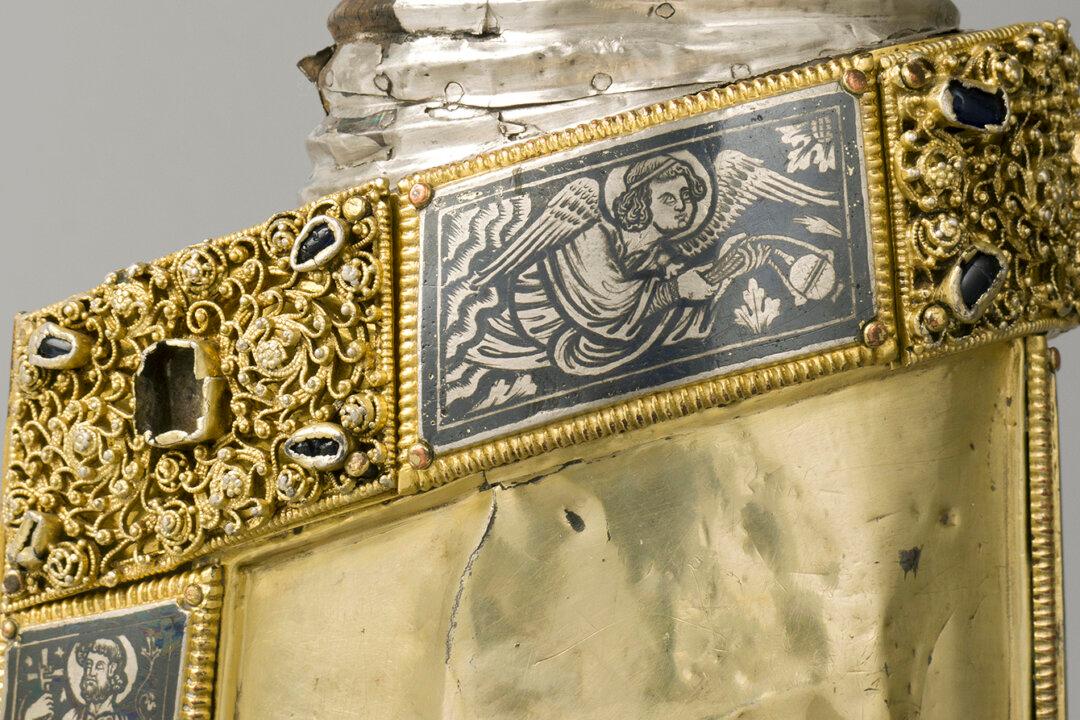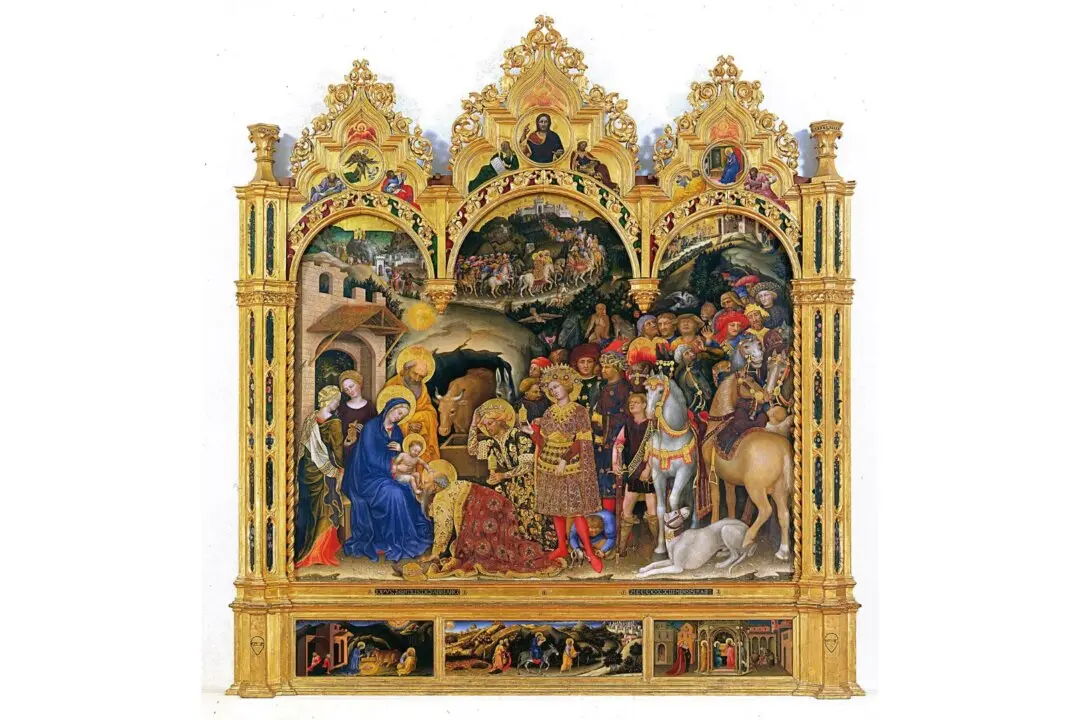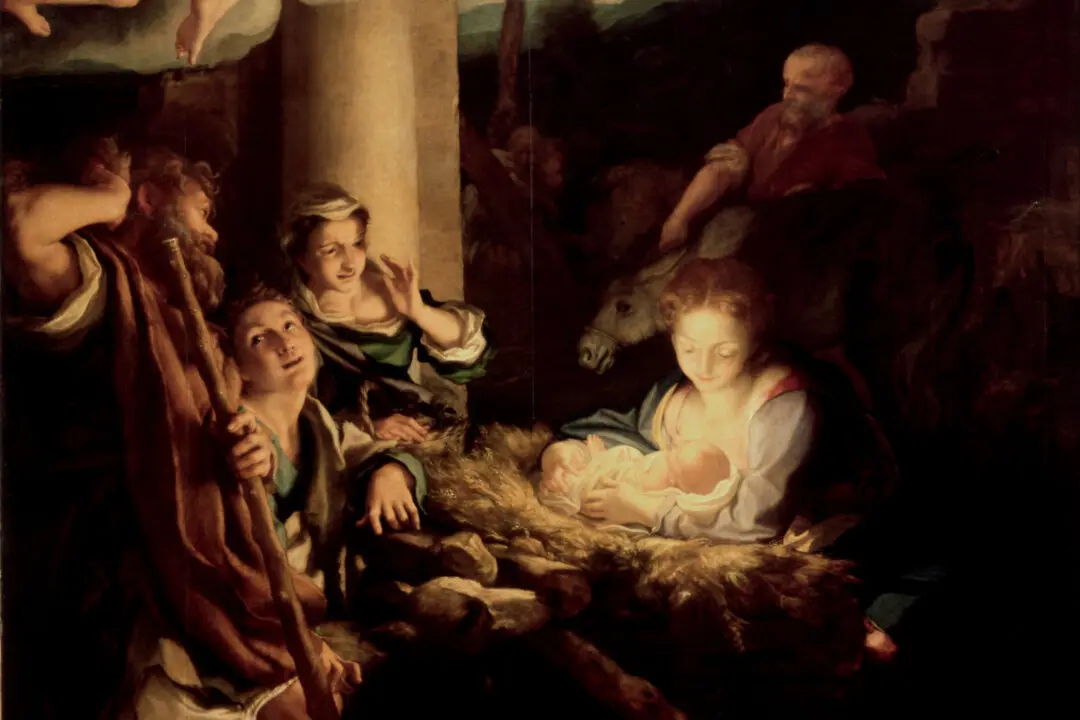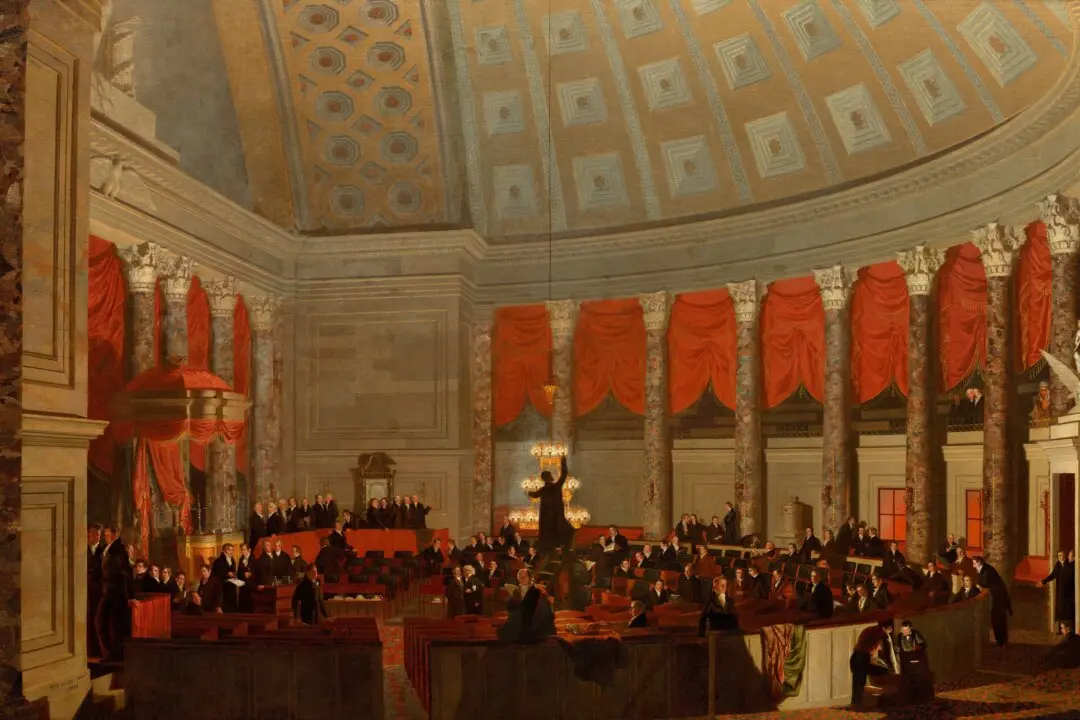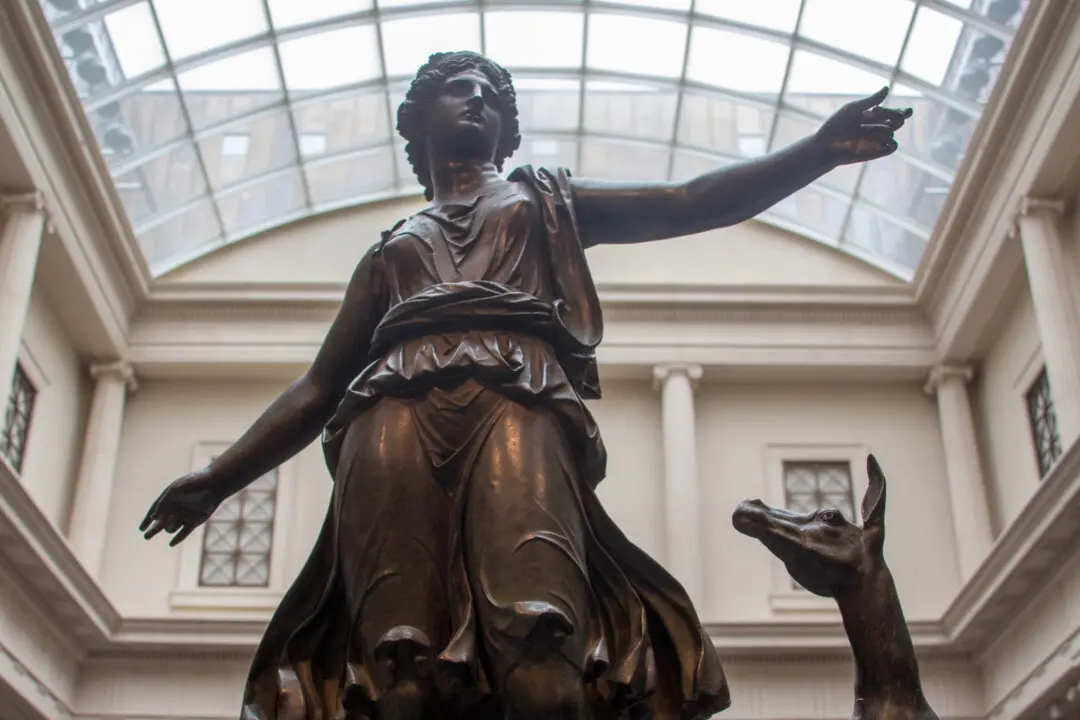Relics are sacred materials customarily from the body of a holy person or a fragment of an object a holy person touched. They are believed to retain the power and sanctity of the original revered person, often Jesus or a saint. In the Middle Ages, elaborate and magnificent reliquaries (objects that house relics) were created for both sacred and private spaces.
These highly artistic reliquaries, often made from precious metals and stones, were considered befitting containers to enshrine these objects that directly connected worshippers to the divine. Three outstanding reliquaries spanning three centuries, now part of museum collections, represents the breadth of relics and reliquary forms from the Middle Ages.

